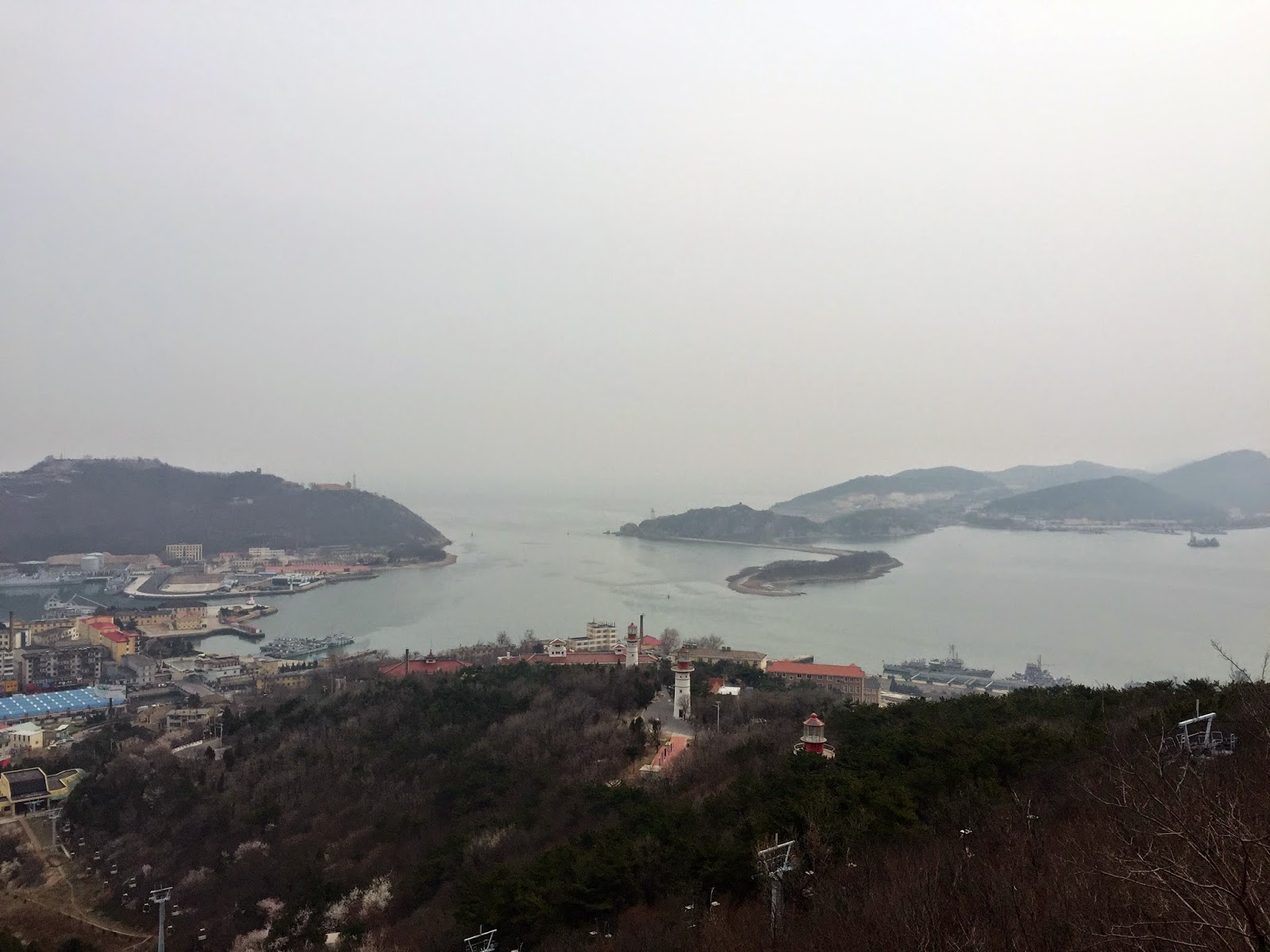 |
| First stop, the memorial to the Lvshun Massacre. |
 |
| Hill 203, the highest point in the Port Arthur area. |
 |
| During the Russo-Japanese War of 1904-05, this was the site of a major battle between the Japanese and the Russians. |
 |
| Eventually, after thousands of casualties, the Japanese defeated the Russians and built this monument out of old military hardware. |
 |
| The entrance into Port Arthur. |
 |
| These markers without names are for soldiers on boats that drowned without identification. |
 |
| Next to the Soviet Cemetery is one build for the Chinese soldiers. |
 |
| Each deceased soldier has his story and history written on the back of the grave stone. |




























